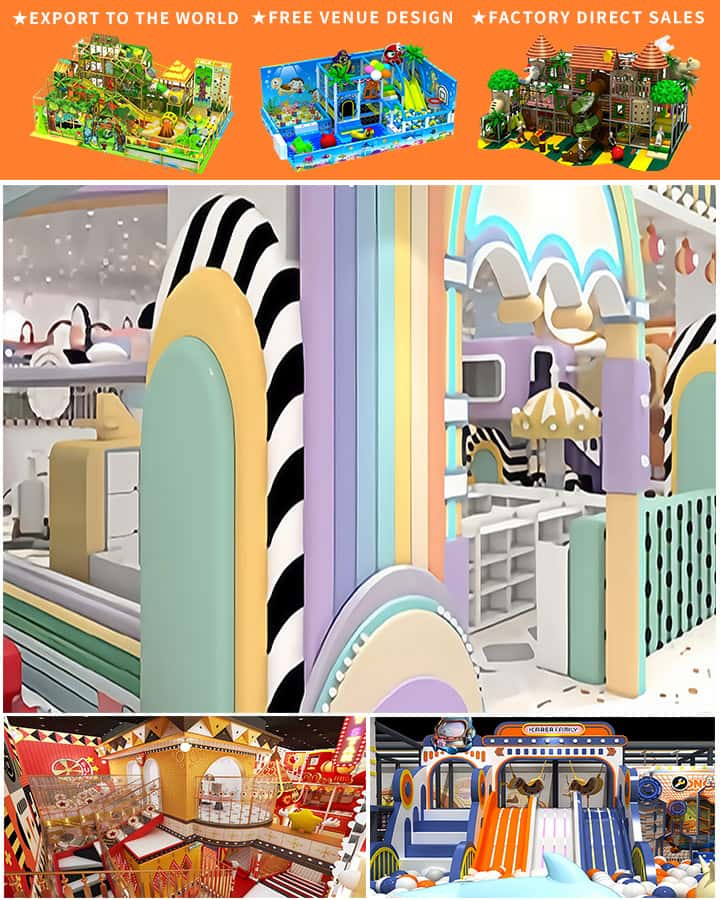When envisioning a perfect playground for kids, it’s essential to strike a balance between fun, safety, and developmental benefits. A well-designed kids’ playground setup can foster physical activity, social interaction, and cognitive growth. Here’s a comprehensive guide on how to create an engaging and safe playground for children.
Safety First
Safety is paramount when setting up a playground. Ensure that the area is free from sharp objects, hard surfaces, and potential hazards. Opt for soft, shock-absorbent materials like rubber mats or wood chips under play equipment to cushion falls. All equipment should be age-appropriate and meet safety standards to prevent accidents.
Types of Play Equipment
A diverse range of play equipment keeps children engaged and supports different aspects of their development. Here are some must-haves:
Slides and Climbers
Slides and climbers are classic playground elements that encourage physical activity and improve motor skills. Choose slides with gentle slopes and secure handrails, and ensure climbers are stable and easy to ascend.
Swings
Swings promote balance and coordination. For younger children, consider bucket seats or swings with high backs. For older kids, traditional belt swings work well. Always supervise children while they are on the swings, ensuring they don’t swing too high.

Seesaws and Merry-Go-Rounds
Seesaws and merry-go-rounds teach kids about balance and cooperation. Make sure these structures are sturdy and have non-slip surfaces.
Sandbox and Water Play
Sandboxes and water tables encourage sensory exploration and creativity. Provide scoops, shovels, and molds for sand play, and include cups and small toys for water play. Ensure the sand is clean and covered when not in use to keep out animals and debris.
Educational Elements
Incorporating educational elements into the playground can make playtime both fun and informative. Consider adding:
Musical Instruments
Outdoor xylophones, drums, or chimes can spark musical interest and encourage rhythmic play.
Chalkboards and Interactive Panels
Interactive panels with chalkboards, puzzles, or gears provide mental stimulation and problem-solving opportunities.
Nature Explorations
Include a small garden area with plants, rocks, and insects for children to explore and learn about nature. This can also teach them responsibility as they help take care of the plants.
Inclusive Design
Ensure the playground is inclusive by incorporating elements that cater to children of all abilities. Features like wheelchair-accessible ramps, adaptive swings, and sensory-rich areas make the playground enjoyable for everyone.
Maintenance and Supervision
Regular maintenance is crucial to keep the playground safe and enjoyable. Inspect equipment frequently for any signs of wear and tear, and repair or replace items as needed. Adequate supervision ensures that children use the playground safely and resolve conflicts quickly.
Community Involvement
Engaging the community can enhance the playground experience. Organize events, workshops, or storytimes in the playground to build a sense of community and provide additional learning opportunities.
By carefully considering these elements, you can create a kids’ playground setup that is not only entertaining but also supportive of physical, social, and cognitive development. A well-thought-out playground will be a cherished space where children can grow, learn, and most importantly, have fun.




